No products in the cart.
Computer Cable, Printer Cable
LPT CABLE PARALLEL PRINTER CABLE MOULDED 3 M AD-AB-92
LPT Cable ( parallel cable )
- Primarily used for Dot Matrix printers and older Inkjet printers that utilize a parallel port.
- Connects to computers that have a parallel (LPT) port.
- high-quality copper wire for reliable data transmission.
- Reliable and error-free data transfer.
- Plug-and-play.
₹299.00 ₹399.00
Bulk Quantity Discounts!
1 - 4
pieces
₹299.00
5 - 9 pieces
₹215.00
(28% off)
10 - 19 pieces
₹205.00
(31% off)
20+ pieces
₹195.00
(34% off)
LPT Cable PARALLEL PRINTER CABLE MOULDED 3 M AD-AB-92
The ADNET LPT Printer Cable 3M is a longer version of the parallel printer cable. It connects older printers to computers using the LPT (Line Printer Terminal) parallel port. The main feature is its 3-meter length, which allows for more flexible device placement.
Here’s a simple description:
Key Characteristics:
- Connector Types:
- One end has a DB25 Male connector (25-pin D-sub). This plugs into the parallel port on a computer or a USB-to-parallel adapter.
- The other end usually has a Centronics 36-pin Male connector, which connects to the printer’s parallel port. Sometimes, it may be a DB25 Male to DB25 Male cable for printers with a DB25 female port, but Centronics 36-pin is more common.
- Length: 3 meters (about 9.84 feet). This longer length is useful when the printer and computer are far apart, giving more freedom in office or home setups.
- “Moulded” Feature (Check product specifics): The “ADNET LPT PRINTER CABLE 3M DESCRIPTION” does not clearly mention this. However, ADNET cables like this are usually moulded. This means the connectors are built into the cable jacket. This design offers:
- Enhanced Durability: The moulded design makes the cable stronger at the connection points, reducing fraying and breakage.
- Improved Signal Integrity: Moulded connectors usually have better shielding against electromagnetic interference (EMI) and radio frequency interference (RFI). This is important for longer cables like 3 meters to ensure stable data transfer without errors.
- Compatibility:
- Mainly used for Dot Matrix printers and older Inkjet/Laser printers that have a parallel port.
- Connects to computers with a parallel (LPT) port.
- These cables work with USB to Parallel adapters.
- They help connect old printers to new computers.
- New computers often do not have parallel ports.
- Functionality: This feature allows quick data transfer from the computer to the printer. It helps in printing documents and other information efficiently.
- Construction:
- Usually made with high-quality copper conductors for reliable data flow.
- Has a strong outer jacket, often made of PVC, which protects against wear and tear.
- Shielding is important for longer cables. It can be made of materials like foil or braid. Shielding helps reduce crosstalk and outside interference. This ensures clear signal transmission.
- Purpose: To make a strong, long connection between a computer and a printer that has a parallel port.
- This is important when the devices are far apart. This is important for keeping older printing hardware working.
Common Selling Points (Like other ADNET cables):
- “Power of Speed” (ADNET’s brand slogan)
- High-quality copper for the best conductivity and performance.
- Strong and durable design, possibly with moulded connectors for longer life.
- Reliable and error-free data transfer for consistent printing.
- Good for long distances in homes, offices, or industries where older parallel printers are still used.
In summary, the ADNET LPT Printer Cable 3M does the same job as shorter cables but offers the big benefit of a 3-meter length. This is great for situations where the computer and printer need to be far apart. It also helps maintain the durability and signal quality of moulded connectors.
SKU: AD-AB-92
Categories: Computer Cable, Printer Cable
Tags: lpt cable, LPT PRINTER CABLE, parallel cable, parallel PRINTER cable
| brands | AdNet |
|---|
Based on 0 reviews
0.0 overall
0
0
0
0
0
Be the first to review “LPT CABLE PARALLEL PRINTER CABLE MOULDED 3 M AD-AB-92” Cancel reply
Related products
-
Computer Cable, USB Cable
USB PRINTER CABLE, LENGTH-5M (USB-A (M) TO USB-B(M), WHITE AD-AB -73
0 out of 5(0)- High-Speed Data Transfer up to 480 Mbps
- Shielding reduces EMI/RFI to ensure stable and error-free data transfer
- Molded Connectors with Strain Relief enhancing longevity.
- High-Purity Copper Wire and corrosion resist connector
- 100 % true length
- PLUG & PLAY
SKU: AD- AB-73 -
Computer Accessories, Computer Cable, Port Converters, Printer Cable
USB TO PARALLEL PORT CONVERTER (36 Pin) ADAPTER
-25% Computer Accessories, Computer Cable, Port Converters, Printer Cable
Computer Accessories, Computer Cable, Port Converters, Printer CableUSB TO PARALLEL PORT CONVERTER (36 Pin) ADAPTER
0 out of 5(0)-
-
Easy Connectivity – Connect USB PCs to legacy printers via a reliable USB to parallel port converter.
-
Plug & Play – Supports Windows, macOS, Linux with auto driver install.
-
Legacy Printer Support – Keeps older USB to Parallel Port converter printers working without upgrades.
-
High-Speed Transfer – Supports IEEE 1284 for fast, stable printing.
-
SKU: n/a -
-
Computer Cable, USB Cable
USB A (M) TO USB A (M) WHITE 3M CABLE AD-AA-79
0 out of 5(0)- HIGH SPEED DATA TRANSFER . Quick and efficent data transfer for Computer, Camera, Music Player, Printer , and other compatible USB device
- UNIVERSAL COMPATIBILITY ; Compatible with Computer , Printer, Camera,Music Players, Laptop with a TYPE A(M) to TYPE A(M)
- 100 % PERFECT LENGTH
- PLUG & PLAY
- 1 YEAR WARRANTY
SKU: AD-AA-79 -
Computer Cable, Printer Cable
LPT PRINTER CABLE MOULDED 5M AD-AB-93
0 out of 5(0)- Primarily used for Dot Matrix printers and older Inkjet printers that utilize a parallel port.
- Connects to computers that have a parallel (LPT) port.
- High-quality copper wire for reliable data transmission.
- Reliable and error-free data transfer.
- Plug-and-play.
SKU: AD-AB-93 -
Computer Cable, USB Cable
USB PRINTER CABLE, LENGTH 1.5M (USB-A (M) TO USB-B(M), WHITE AD-AB -71
-30%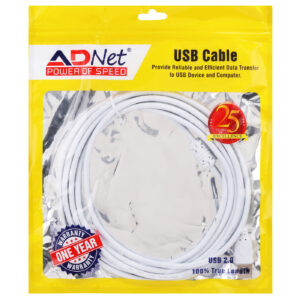 Computer Cable, USB Cable
Computer Cable, USB CableUSB PRINTER CABLE, LENGTH 1.5M (USB-A (M) TO USB-B(M), WHITE AD-AB -71
0 out of 5(0)- High-Speed Data Transfer up to 480 Mbps
- Shielding reduces EMI/RFI to ensure stable and error-free data transfer
- Molded Connectors with Strain Relief enhancing longevity.
- High-Purity Copper Wire and corrosion resist connector
- 100 % true length
- PLUG & PLAY
SKU: AD- AB- 71



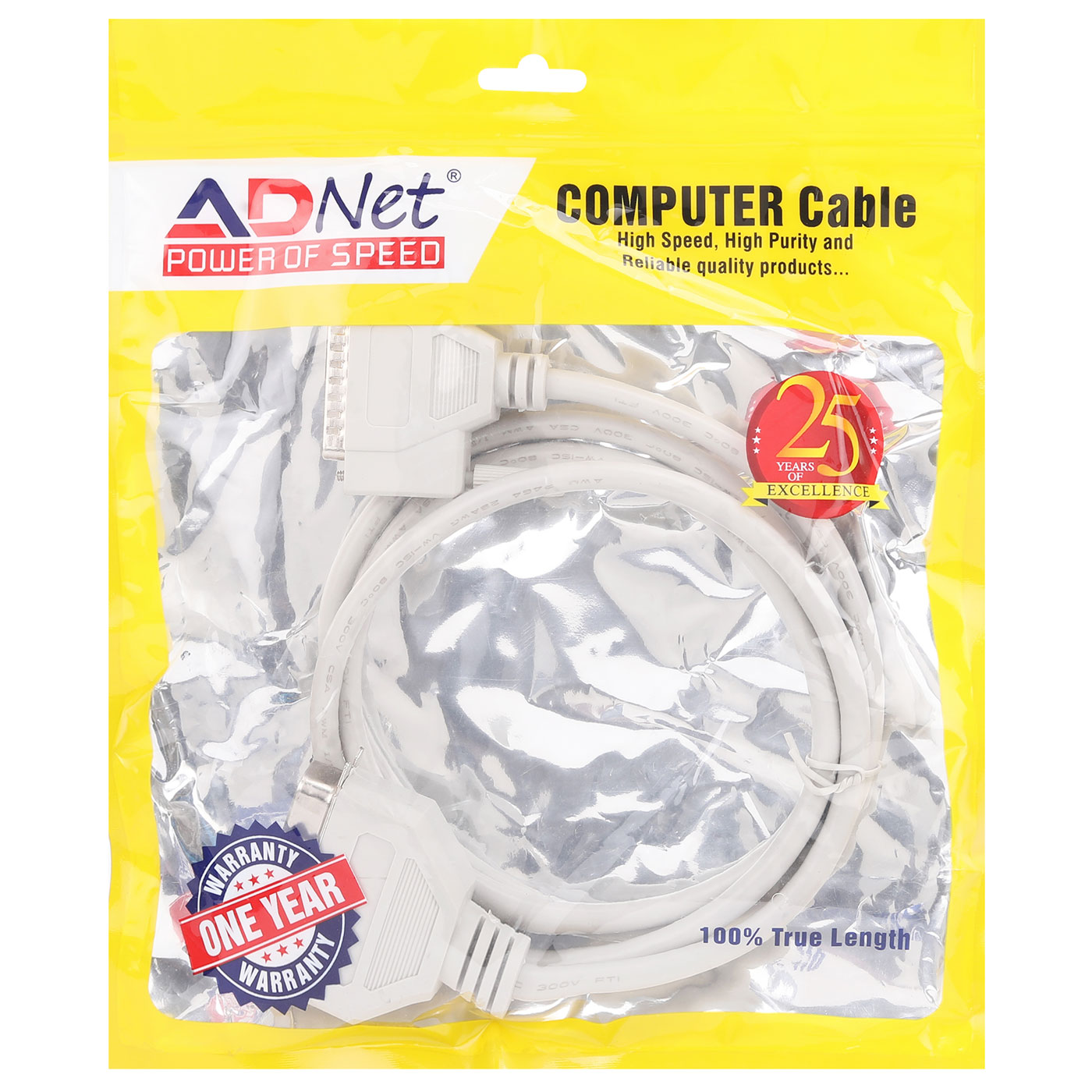
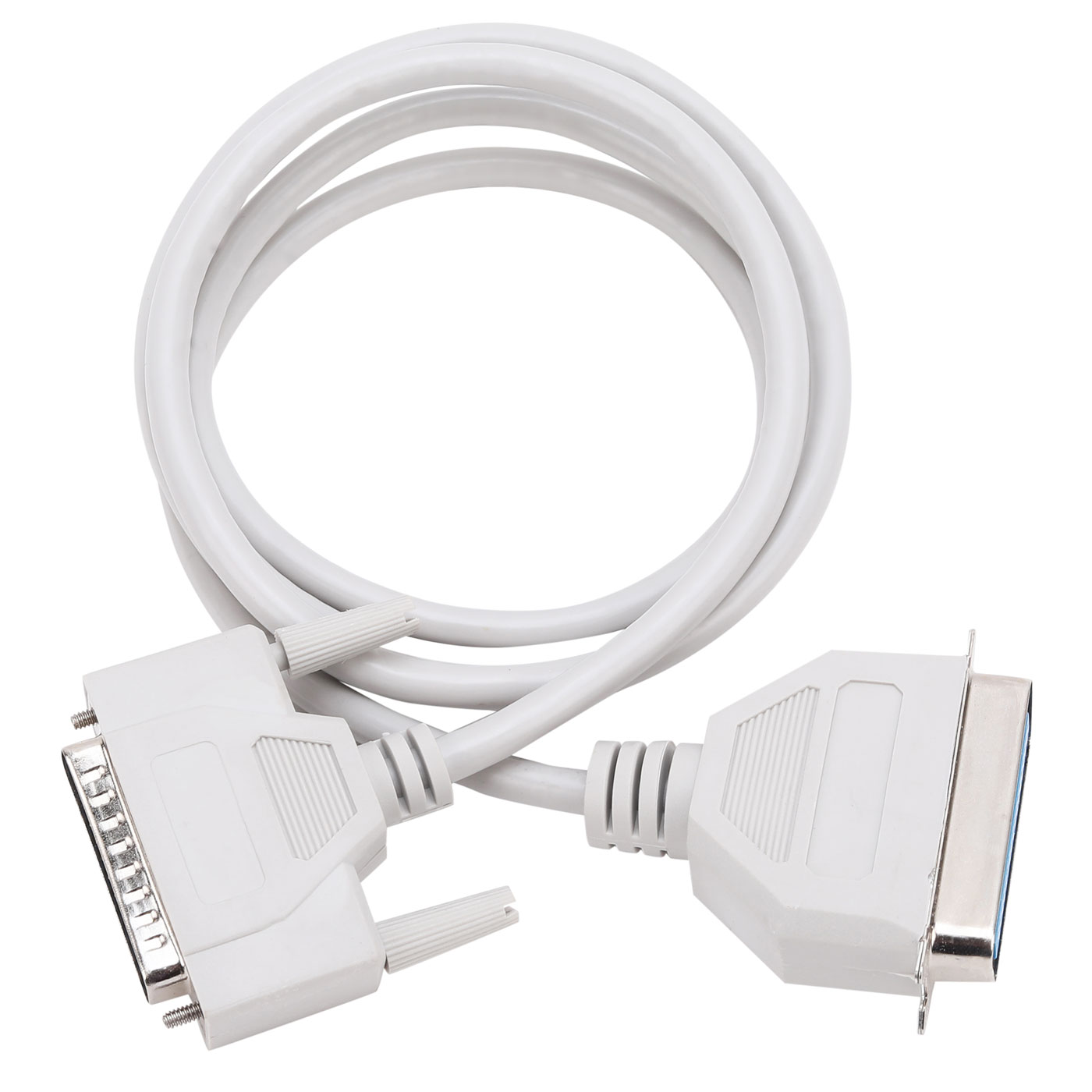
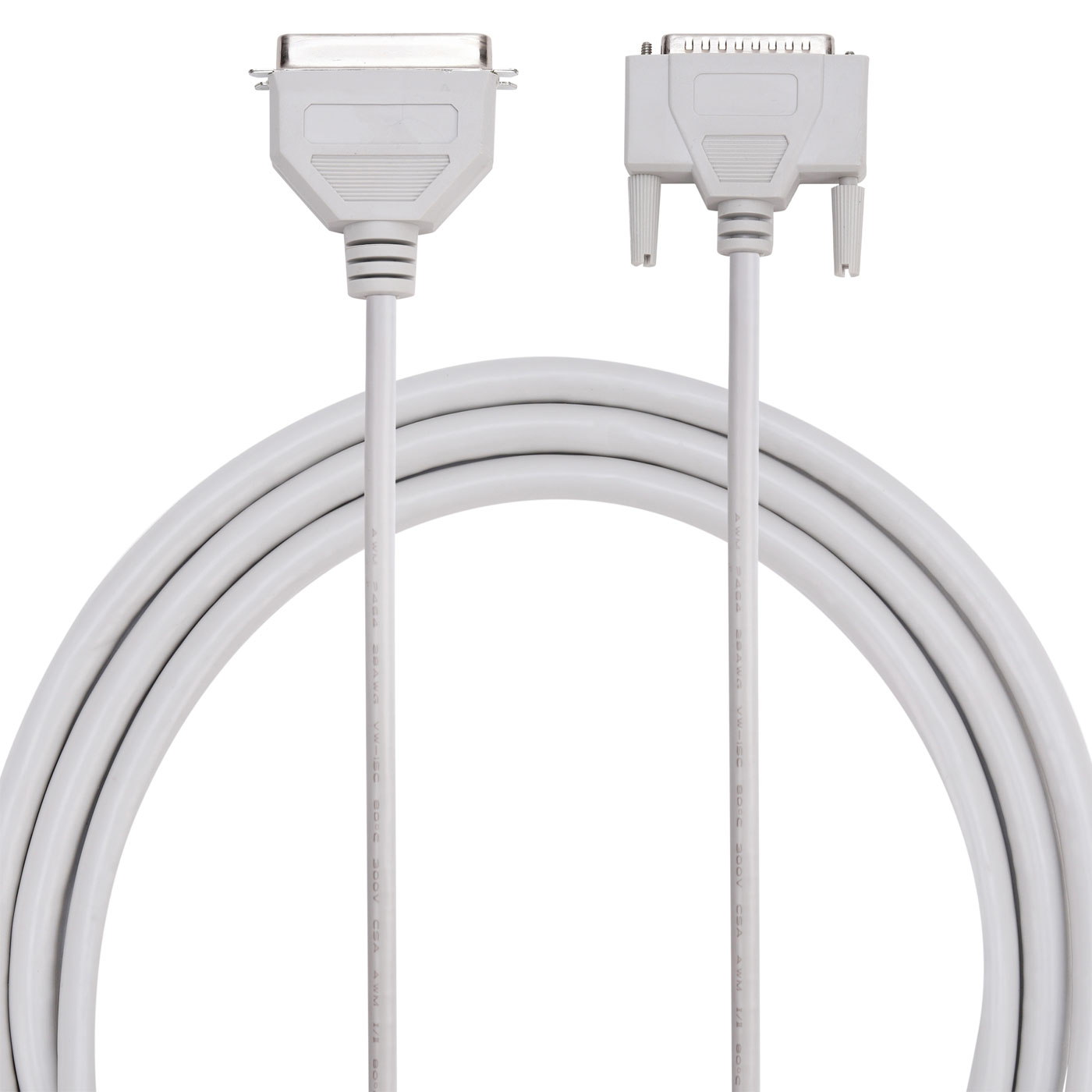
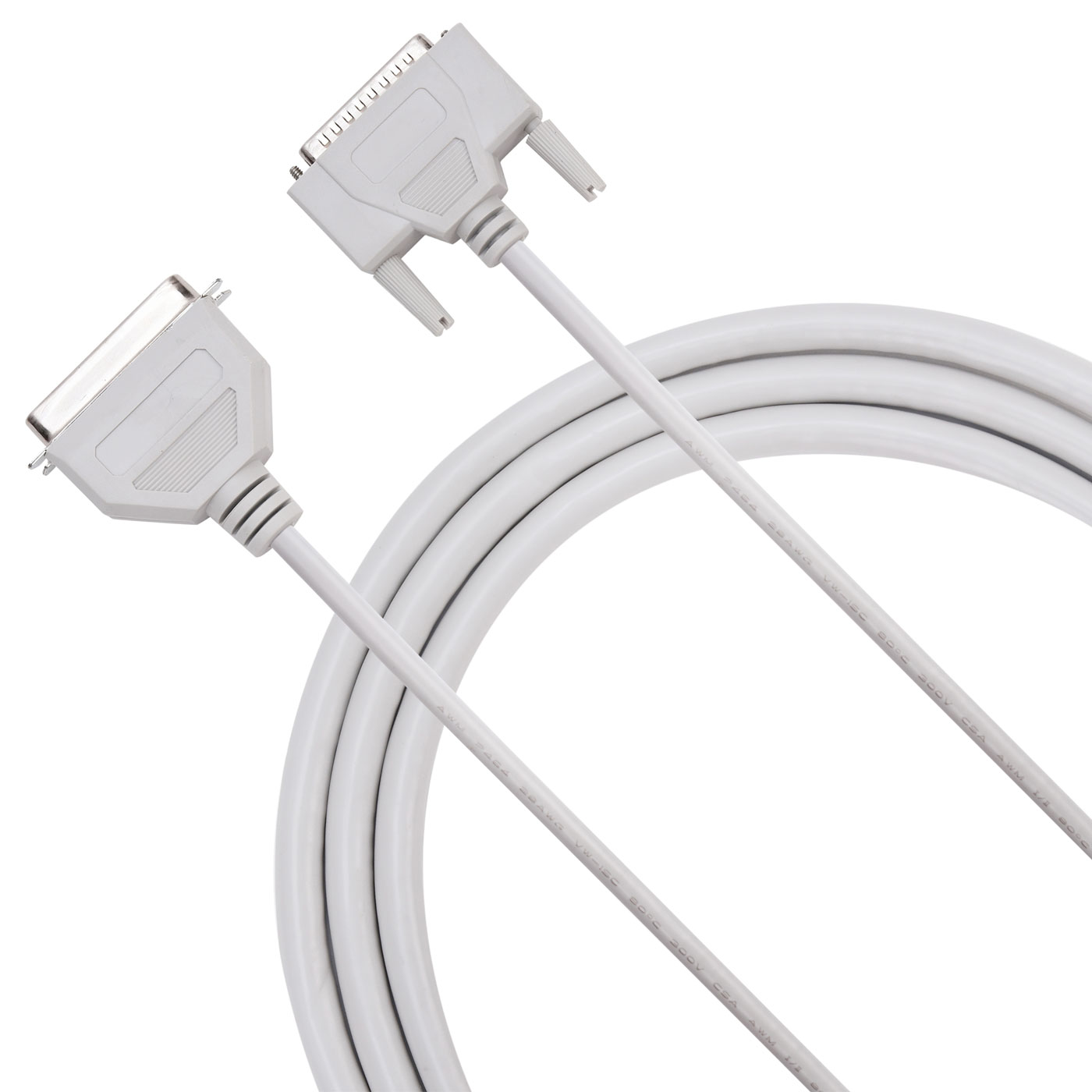
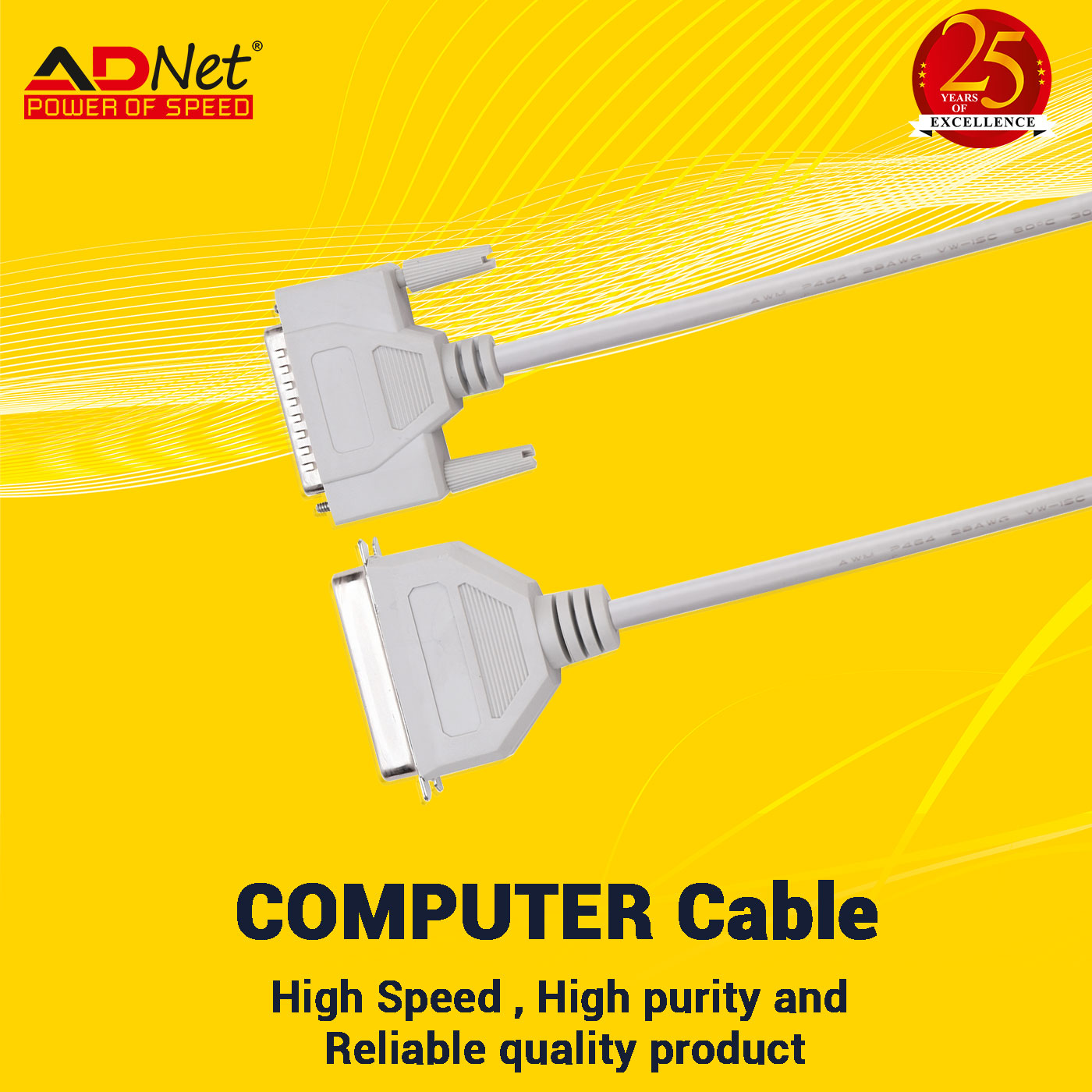




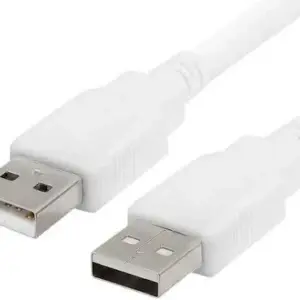
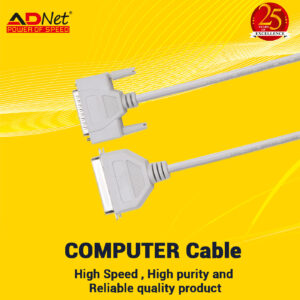

There are no reviews yet.